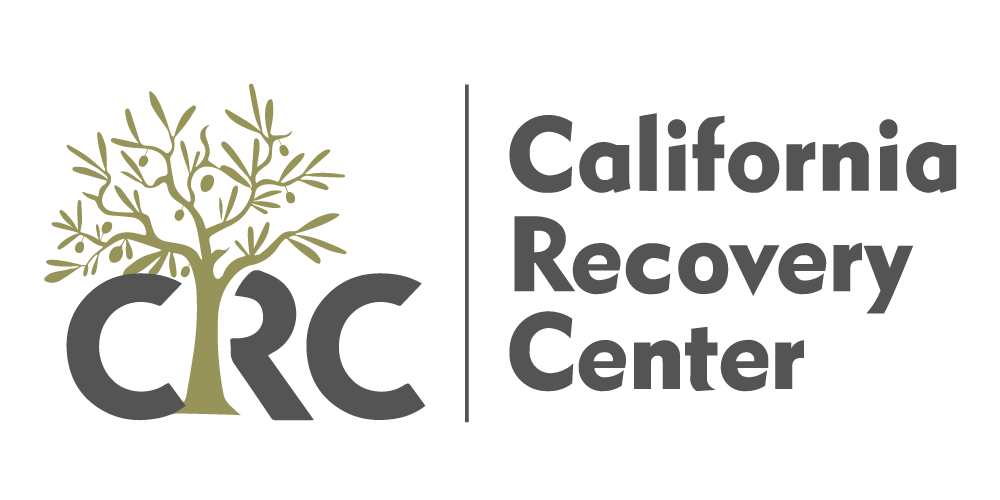You may have heard about the idea of telehealth for therapy and wonder one of two questions: “How does that even work?” and “Telehealth vs. In-person therapy – which one is better for substance abuse recovery?”
Understandably, a lot of people would wonder why there’s even a consideration to have remote options for addiction therapy. The main concern is effectiveness: can you achieve the same safe space of comfort and empathy in in-person therapy through a screen?
Telehealth for therapy does have its own merits. Since the start of COVID-19, remote options for all facets of daily life have grown in demand. In the e-commerce industry, for example, Amazon had 3.68 billion monthly visitors in 2021. Other industries, including healthcare, are expected to follow suit.
Still, comparing telehealth to in-person therapy is a legitimate concern for those who want the best possible treatment. With that said, here are some factors to consider if you’re deciding between in-person therapy or a telehealth program for substance abuse recovery:
Factors to consider
1. Severity of symptoms
In-person therapy works with all forms of substance abuse treatment. This includes the two main types of treatment:
- Outpatient treatment – The patient goes to the facility on a scheduled basis
- Inpatient treatment – The patient stays at the facility for more than one night
Outpatient treatment is ideal for patients with mild to moderate symptoms of substance dependence. On the other hand, inpatient treatment is best for patients with a severe degree of substance dependence that requires extensive supervision.
The only type of treatment that telehealth can provide is outpatient treatment. This is because in many cases, those who undergo inpatient treatment require more involvement from therapists than those under outpatient treatment.
It does boil down to the discretion of the recovery center. If the therapist believes that you can manage your symptoms well on your own, telehealth may be a viable option. Otherwise, they’ll recommend that you receive treatment in the facility.
Convenience versus flexibility
One of the main advantages of telehealth is that it doesn’t require you to travel to the facility. You simply have to hop on your device and connect with your therapist to receive treatment.
This benefits a lot of people who are too busy with their commitments and cannot travel consistently, such as:
- Busy students
- Working professionals
- Caregivers who need to stay at home
Plus, a telehealth program may also be great for those who have already received in-person treatment and want to continue their recovery.
In contrast, in-person therapy gives you access to facilities you’ll otherwise be unable to enjoy virtually. For instance, recovery centers have serene, open, dedicated spaces that promote peace of mind.
Another distinct advantage of in-person therapy is keeping in touch with people. You may prefer the warmth of the human touch over words of reassurance through a screen, which can be a deciding factor in your road to recovery.
In other words, while telehealth programs have the advantage of letting you stay at home, in-person therapy offers a wide range of amenities and benefits that you can only enjoy if you go to the facility.
Cost
The price difference between telehealth and in-person therapy varies depending on a lot of factors. What you can accurately estimate is your expenses as you receive treatment.
These include:
- Travel cost – Commute or gas for your car
- Equipment – Internet connection and a device for virtual therapy sessions
- Lifestyle amenities – Food, beverages, and other items that you might buy as you move along your recovery
In this regard, telehealth does hold the advantage of in-person therapy. It only requires internet access and smart devices, which are very commonplace today. Thus, you barely have to spend more out of your pocket with telehealth.
With in-person therapy, you have to worry about the costs of traveling, which come not only in the form of financial expenses but also time. Travel time can vary wildly, which can make it challenging to manage your schedule.
How do you know which one is right for you?
In the end, the telehealth vs. in-person therapy debate comes down not to “Which one is better?” but “Which one is better for me?” Neither option is completely better than the other. The nature of substance abuse recovery is that it depends on the unique needs of every individual.
That’s why when you first inquire about the services of a treatment facility, you have to undergo a series of assessments to determine the best kind of treatment for you.
In terms of virtual therapy vs. in-person therapy, some factors of this process include:
- Therapist’s opinion – Does your therapist think that effective treatment at home is possible? Or will it be best in the facility? Do they think that your symptoms are manageable on your own, or do you require extensive supervision from therapists?
- Circumstances – Are you busy with work or school? Far or near to the facility? Can you travel consistently to the facility?
- Your discretion – Do you think that you can recover better in the facility? Or can you recover just as well remotely?
Ultimately, it boils down to your choice. You may choose telehealth because you’re too busy with other commitments, cannot travel, or simply prefer receiving treatment remotely. Conversely, in-person therapy may be your most desired option if you think that you’ll recover better in a facility.
Find the best treatment for you
There is no one-size-fits-all treatment when recovering from substance dependence. Each abuse case is as unique as the patient itself. While telehealth may be attractive to you as a therapy option at first, it may not be the best treatment for you. At the same time, in-person therapy may seem effective because of the physical access to the facility. But if the daily commute and expenses make it stressful to maintain the program, it can be counterproductive.
That’s why it’s vital that your treatment centers deeply assess your specific case so they can best help you recover. We take the unique needs and circumstances of each patient into very close consideration to create the most effective treatment plan for them. Our therapists are dedicated to letting you know the best options that are available for you.
Each of our in-person outpatient and inpatient treatment services is equipped with proven professionals and equipment to secure the success of your road to recovery. If you decide to receive treatment remotely, our telehealth programs have the same continuum of care as our in-person services. This means that the quality of care you receive will always be the same, whether you receive treatment in person or remotely.
Learn more about our services by viewing our treatment page or reaching out to our experts at (866) 864-1986.




